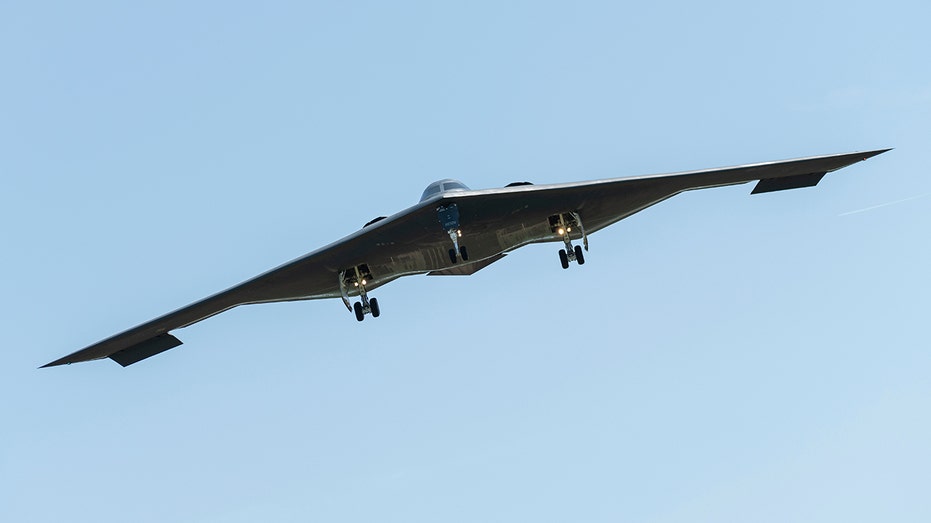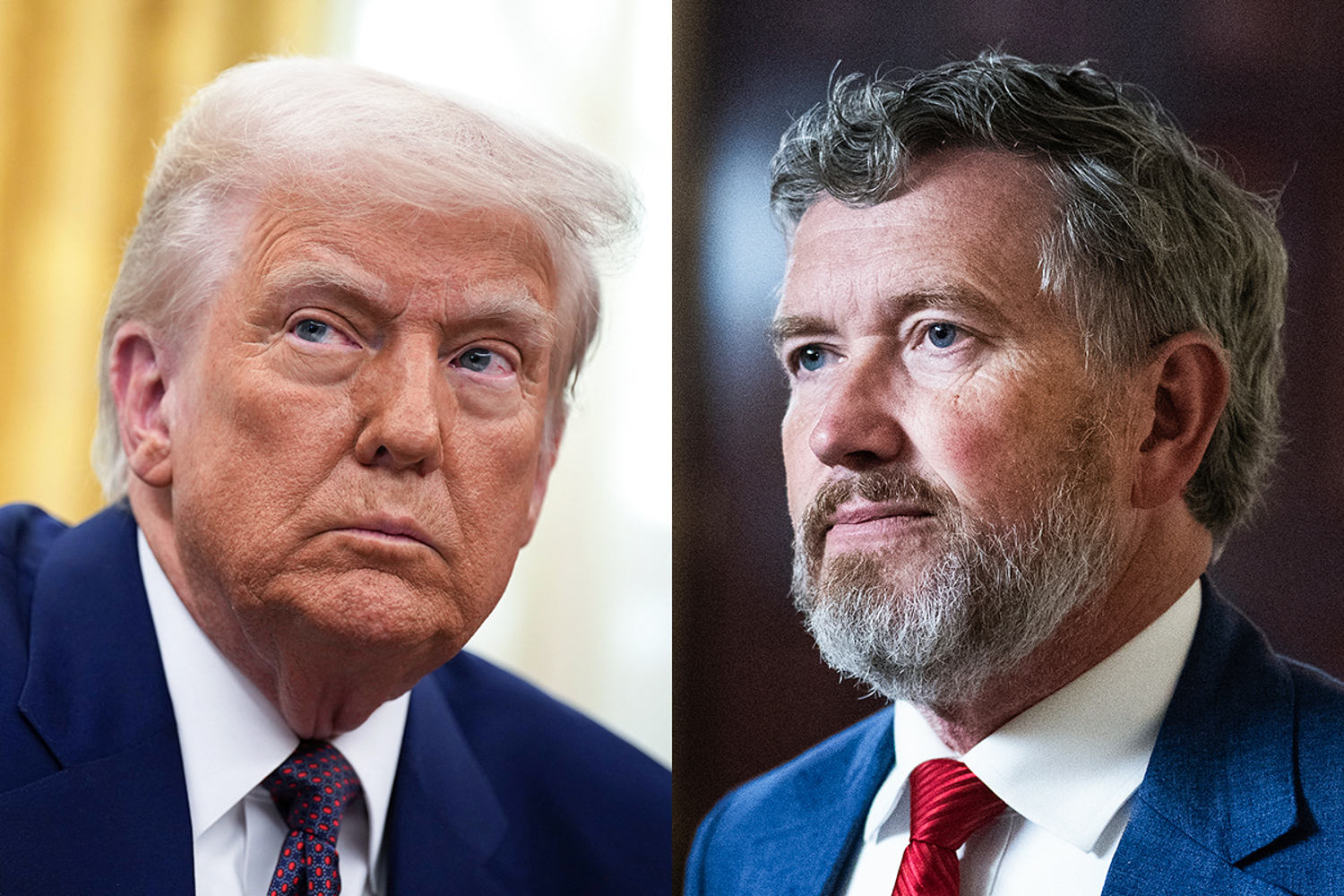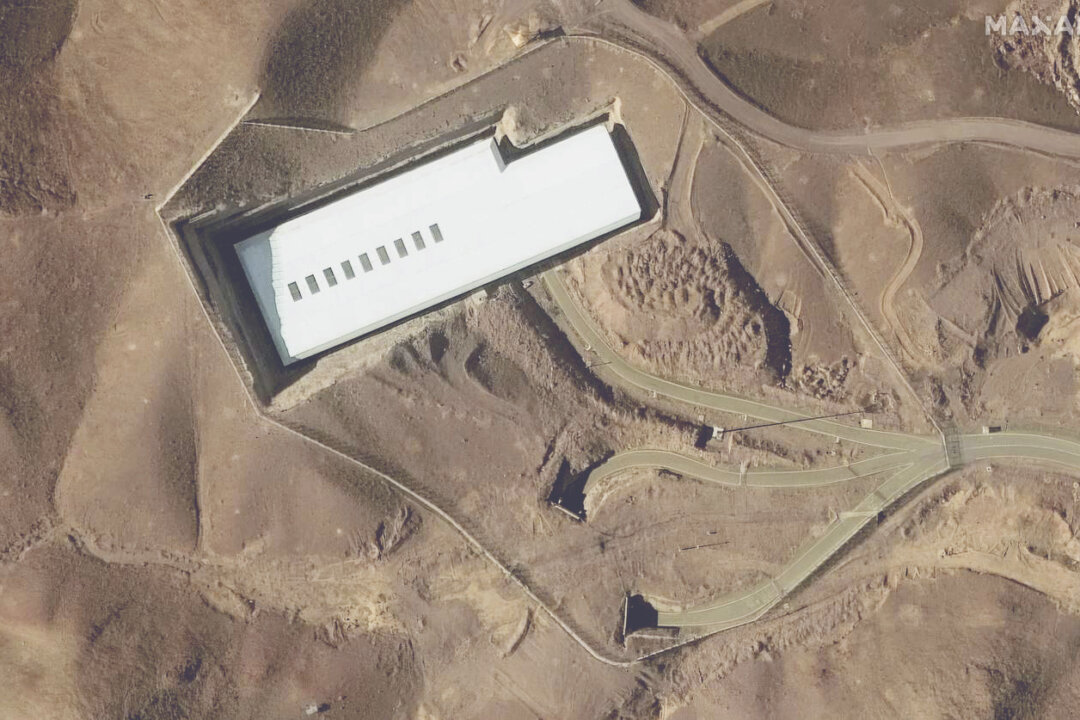The Pentagon unveiled details of its $961 billion budget request on Thursday, a budget roadmap that may deprioritize new F-35 fighter jets in favor of next-generation aircraft and drones.
The budget would reach that figure through $848.3 billion in its discretionary defense budget and an additional $113 billion through reconciliation, the "One Big Beautiful Bill" the Trump administration is trying to muscle through Congress right now.
The parallel budget requests include $25 billion for Golden Dome, President Donald Trump’s homeland missile defense initiative.
And as the Trump administration moves forward with the Air Force’s 6th-gen fighter jet, dubbed the F-47, the budget calls for a reduction in the next purchase of F-35s from 74 to 47. It requests $3.4 billion for the F-47 program.
TRUMP UNVEILS ‘GOLDEN DOME’ MISSILE SHIELD, BLINDSIDES KEY SENATORS
Officials are still unsure whether the Navy’s next-gen fighter jet, F/A-XX, will move forward.
"Waiting for a decision from the secretary of the Navy, secretary of defense, and the president," a defense official told reporters. "That's an active conversation, whether to continue with the program or not."
The program will proceed right now with "minimal funding" for design, the official said.
Asked whether other service branches may get a different variant of the F-47 instead of entirely separate programs, the official said the idea is under consideration.
"I would say pretty much everything is under consideration to get the [tactical] air capability that our war fighters need as quickly as possible, and that's really what we're looking at the most, is the schedule of all these programs."
The budget requests funding for three new Navy ships through the discretionary request and another 16 through the reconciliation request.
REPUBLICANS SQUABBLE OVER TRUMP SPENDING PLAN AS FISCAL YEAR 2026 LOOMS: 'STAY UNTIL WE PASS IT'
The proposed budget seeks $197.4 billion for the Army, $292.2 billion for the Navy, $301.1 billion for the Air Force and $170.9 billion defense-wide. In the Air Force budget request is $40 billion for Space Force, a 30% increase from fiscal year 2025.
The unusual budget structure, which officials classify as "one budget, two bills," is part of a broader $1 trillion defense strategy when combined with national security spending at the Department of Energy. Administration officials have been working overtime to convince lawmakers to pass the One Big Beautiful bill by July 4.
The budget asks for a 3.8% pay raise for troops, and it reveals plans to cut its civilian employee workforce by 7,286 people.
The Pentagon plans to continue to invest in munitions and weapons systems: the Joint Air to Surface Standoff Missile – Extended Range and Long Range Anti-Ship missile, which have longer ranges and may be more effective in the Pacific – but it seeks far fewer Precision Strike Missiles.
The budget boosts spending on low-cost small drones which have proven effective in the war between Russia and Ukraine.
The E-7 radar plane will be cut, the senior defense official confirmed, "due to significant delays with cost increases from $588 million to $724 million per aircraft and survivability concerns in this contested environment."
In an ideal world, Congress would pass 12 separate appropriations bills before the start of the fiscal year on October 1. But in recent years, it has often punted the headache down the road with continuing resolutions, or bills that temporarily fund the government at the previous year’s levels, and omnibuses, sprawling bills that contain funding for all 12 agencies in one up-or-down vote.
.png)
 3 hours ago
2
3 hours ago
2















 English (US)
English (US)